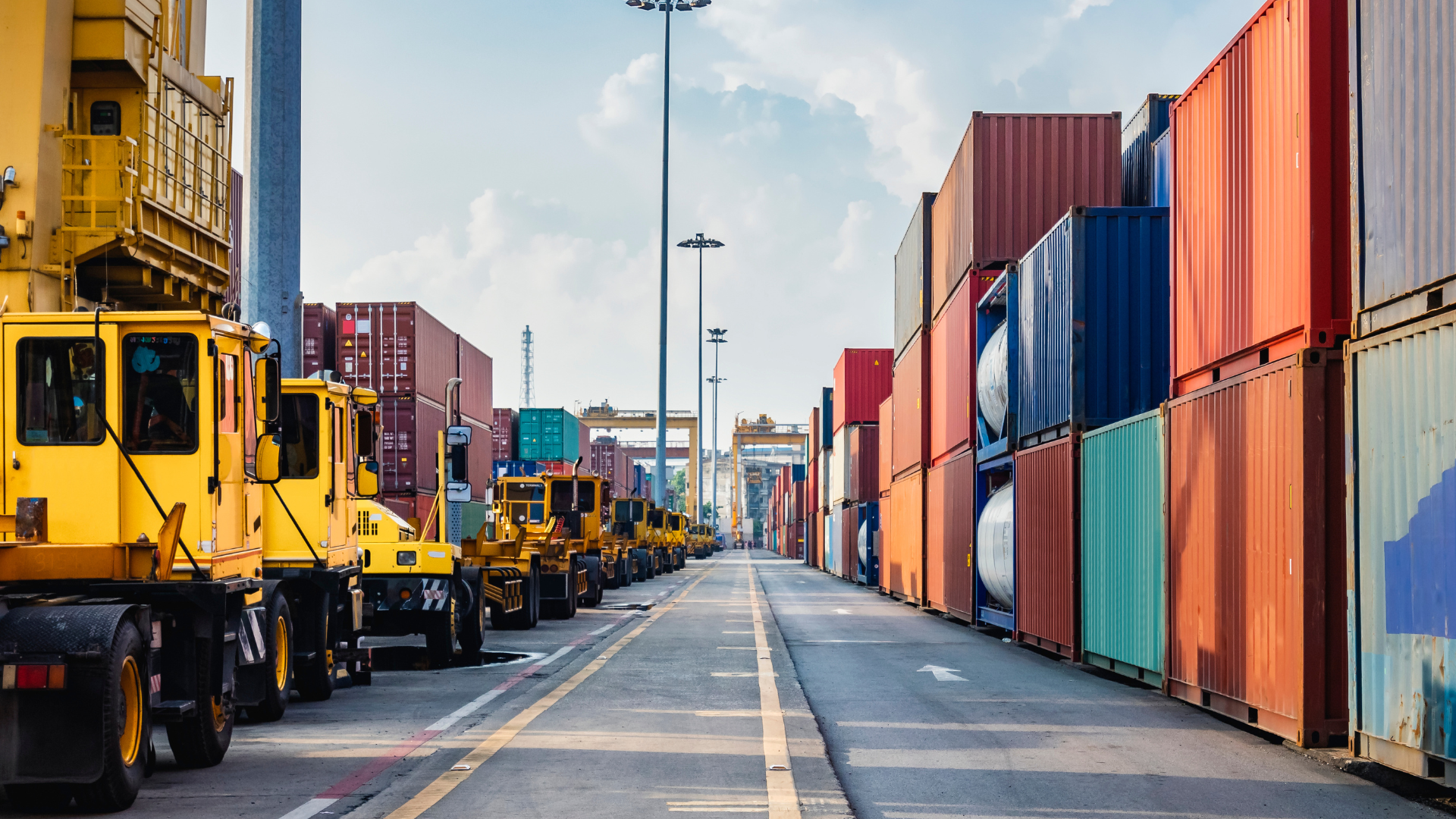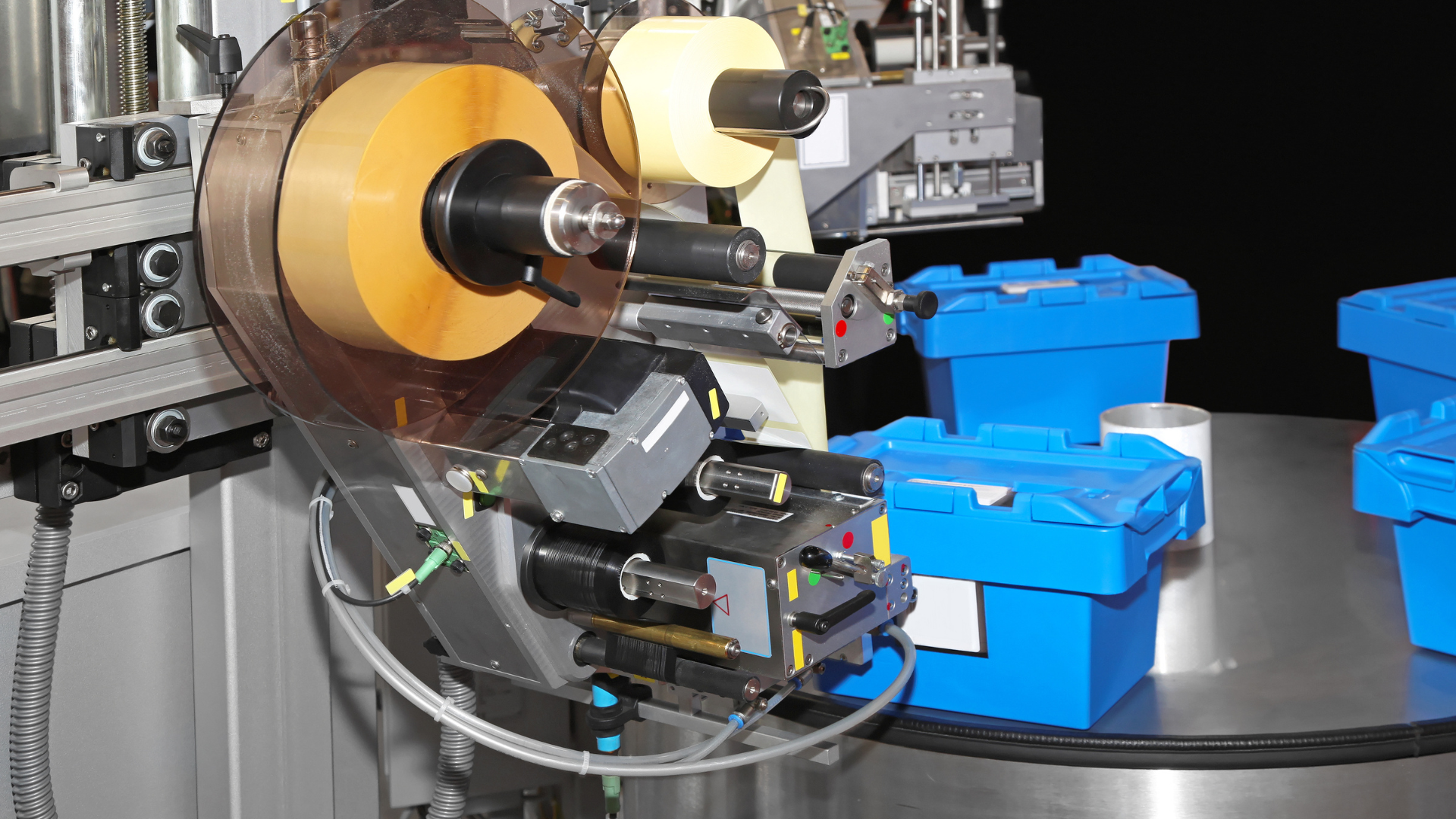Brand awareness is a key component of any business. By properly promoting yourself, you can successfully increase your brand’s visibility and improve sales. To boost their business’s brand awareness, many entrepreneurs will create videos and share them on social media channels.
However, if you’re interested in doing it differently, or want to include specific audiences such as consumers, influencers, or other types of targeted demographics in your marketing campaign then you’ll need to employ copywriters.
What is Business Brand Awareness?
Business brand awareness is the term used to describe a company’s ability to be known and remembered by its customers. It is an important aspect of any business, as it can help create trust and loyalty among customers, and increase sales.
There are several ways to boost your business’s brand awareness, but the most effective methods vary depending on the type of business and the region in which it operates.
Marketing Campaigns
One way to enhance brand awareness is through marketing campaigns, which may involve various forms of advertising, including online and physical efforts. Physical advertising methods encompass banners, flyers, and brochures, as well as the distribution of booklets containing information about your products and services to potential customers. To make these booklets more appealing, companies can collaborate with skilled graphic designers and printing companies. One can find such companies by searching for “booklet printing in Lancaster, PA” or similar terms.
Furthermore, companies also build brand awareness through public relations efforts and by creating content rich in information about their company and products. Participation in industry events or trade shows is another effective way to reach potential customers and build valuable relationships. Additionally, developing customer loyalty programs that offer discounts or other incentives for referring new customers to your business can further solidify brand loyalty.
Customer Service
Another way to boost your business’s brand awareness is through customer service. Make sure you have a clear policy on how customer complaints are handled, as well as a detailed description of what types of services are available. Establish clear expectations for how long people should wait for assistance, and make sure employees are trained on how to handle customer interactions effectively. Additionally, keep track of feedback from customers and use it to improve service delivery overall.
Get a Website Built
Make sure you have a website up and running if you want to spread the word about your business. While getting the website designed with the help of experts who offer web design in Red Deer or wherever your business is based, ensure that you are focussing on its user-friendliness. Emphasize getting a product landing page created that can offer a quick and easy way for customers to purchase your products online. While filling in info on your site, double-check to ensure that all the content is relevant to your industry and can be found seamlessly with a click, including images, videos, blog posts, product descriptions, and FAQs.
Public Relations
Public relations efforts can also help boost a business’s brand awareness. This includes creating content that is designed to attract attention from potential customers, as well as issuing press releases that announce new products or services. This can also be done via your own streaming channel or podcast. A B2B podcast production agency or a web development agency could easily build a public relations channel or platform for your business. It also helps to participate in industry events or trade shows to meet potential customers and build relationships.
SEO Services
If you want your business to be found by potential customers online, you’ll need the help of an experienced SEO (Search Engine Optimization) specialist similar to the ones at columbus seo companies and elsewhere. The experts can offer services to improve the visibility of your website on search engines, which, in turn, can lead to more traffic and sales.
The Elements of a Good Brand
There are a few key elements to a good brand, and if you want your business to be known and respected, you need to focus on these.
Reputation
A good brand has a reputation for being reliable and quality-focused. It should be easy for customers to find information about the brand online and in the press, and they should feel confident that the products or services offered are of high quality.
Brand Values
The values associated with a brand should be consistent across all aspects of its marketing communications-from advertising to customer service. These values should be communicated clearly to consumers, so they know what to expect when they do business with the brand.
Simplicity
A good brand is easy to understand and navigate, whether users are looking for information or trying to make a purchase. Everything from the company’s name and logo to its website design should be simple and easy to use.
Interactivity
Good brands engage with their customers by providing opportunities for interaction (through social media platforms, for example). This allows users to feel like they’re part of the brand community and helps build loyalty among fans.
Consistency
A good brand maintains a consistent level of quality across all aspects of its marketing communications-from advertising to customer service-so that consumers know what to expect from the company no matter which channels they use.
How to Create an Engaging Visual
There are a few things you can do to make your business’s visual appeal more engaging for potential customers. One way to do this is by using graphic design to create an attractive and memorable brand logo. You can also use eye-catching visuals in your marketing materials, such as brochures, website designs, and social media graphics.
Additionally, putting together fun factoids about your business or products can help build interest and intrigue. By making sure your visuals are well-executed and relevant to your target audience, you can help raise brand awareness and boost sales.
If you’re looking to boost your business’s brand awareness, there are a few things you can do. First, be sure to create a strong social media presence. This allows customers and potential clients to connect with your company in a variety of ways, whether it be through Facebook, Twitter, or Instagram.
Additionally, make sure your website is up-to-date and well-designed. Include clear information about your company’s products and services on the site, as well as easy access to contact information for customer service.
Finally, consider sponsoring events and promoting yourself through word-of-mouth marketing. By taking these steps, you can ensure that your business stands out from the pack and attracts more customers in the process!










